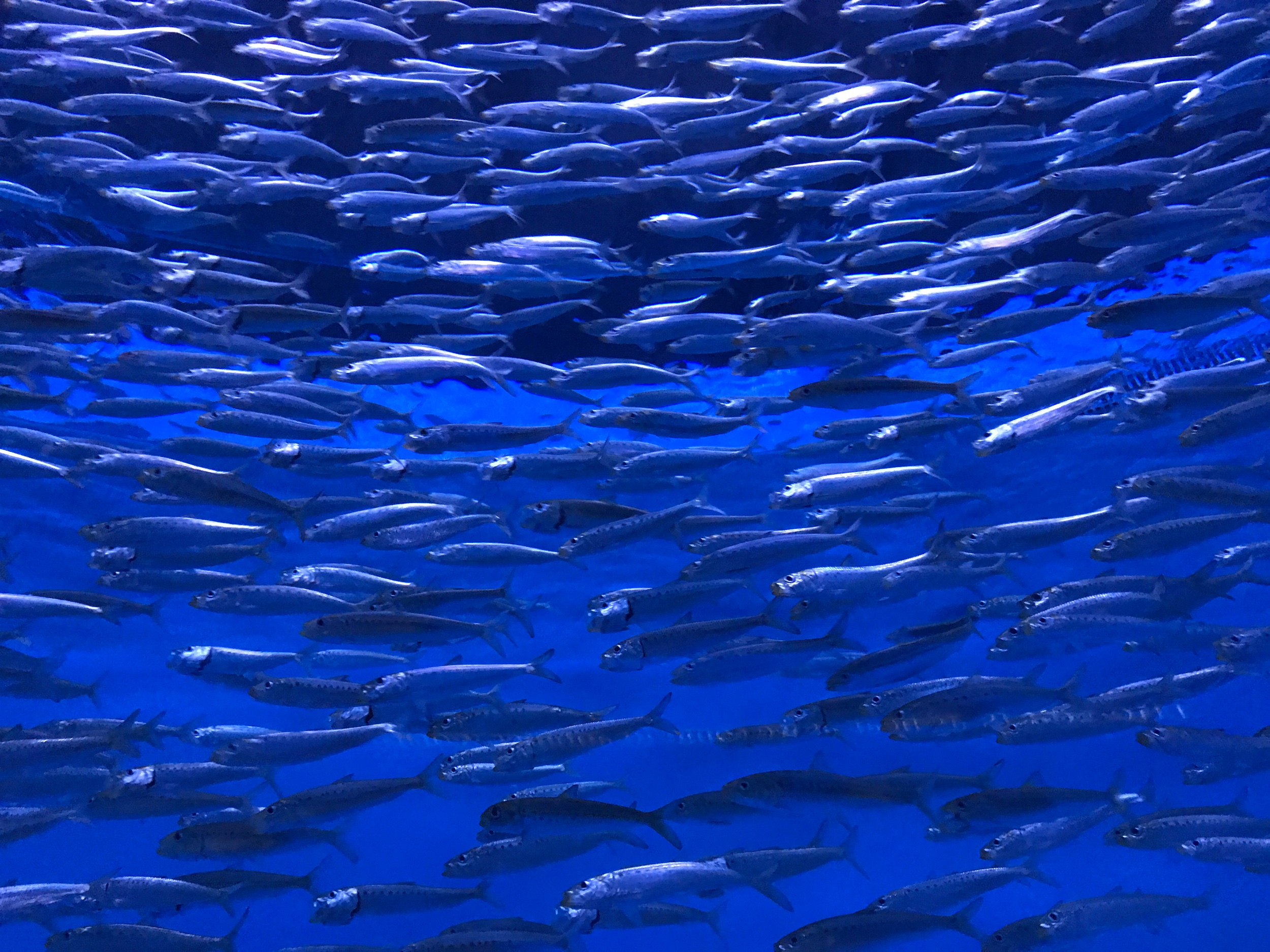The Amazing Story Behind the Monterey Bay Aquarium
Last weekend we visited the infamous Monterey Bay Aquarium for the first time. I have been to quite a number of aquariums of the world, but I most say that this is the most impressive.
There was an interesting historical re-enactment played out by staff at the facility that highlighted how the Monterey Bay transitioned over time. The area had always been rich in sea life and ancient settlers that came overland from the Bering Strait found a never ending source of food and resources from the sea.
Eventually the sardine fishing industry started in the 1800s beginning with Chinese fishermen. This led to the construction of a number of canneries that processed tons of product daily. At one point the area produced more canned fish then anywhere else.
Unfortunately as time went by the sardine population dwindled and collapsed from overfishing. This had a profound effect on biodiversity of the bay. Other animals numbers dramatically decreased such as sea otter and sea lion.
Edward Ricketts who who owned a biological supply on Cannery Row in the 1940s warned of the impending danger to the environment. This effort helped raise awareness and support for conservation efforts in the Monterey area.
The sardine industry went defunct in the 1950s
There were early plans and proposals to build an aquarium in Monterey but were unsuccessful until a group of marine biologists from Stanford University in the 1970s. The aquarium project started with construction at the site of the closed down Portola Cannery (on Cannerry Row).
The facility opened to the public in 1984 and has won numerous architectural design awards as well as awards for its marine exhibits and marine conservation efforts. The aquarium was the first to have a living kelp forest. Biologists pioneered husbandry of jellyfish and successfully cared for and displayed a great white shark in captivity for the first time. The organization is also leading local efforts in conservation of sea otters, sea lions, numerous bird species and tuna.
They also started Seafood Watch, which is an organization that promotes sustainable seafood.
With over two million visitors a year the Monterey Bay Aquarium is a vital and important institution that in my estimation has an astounding display of ocean life like nowhere else on earth. It is definitely worth a visit.


